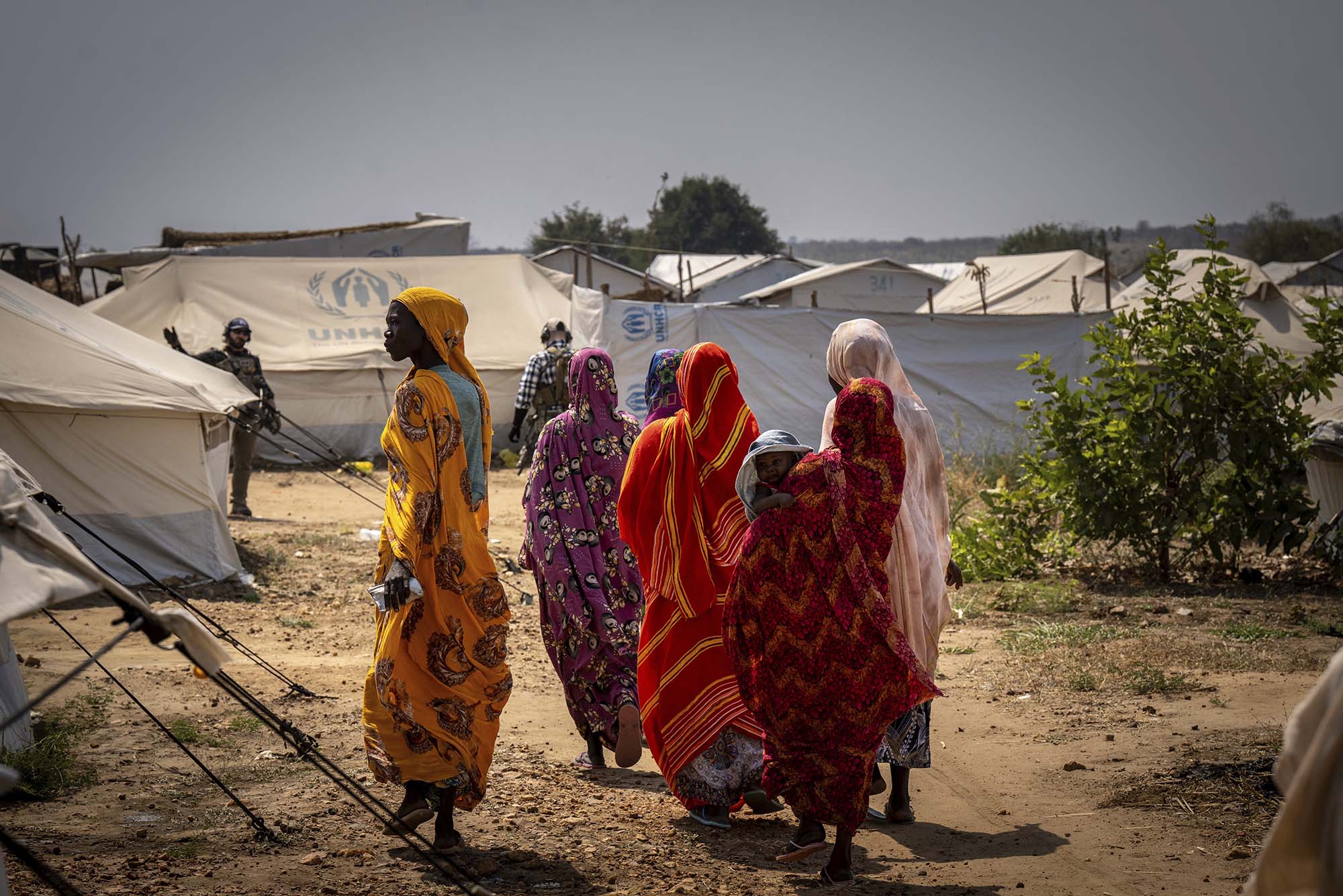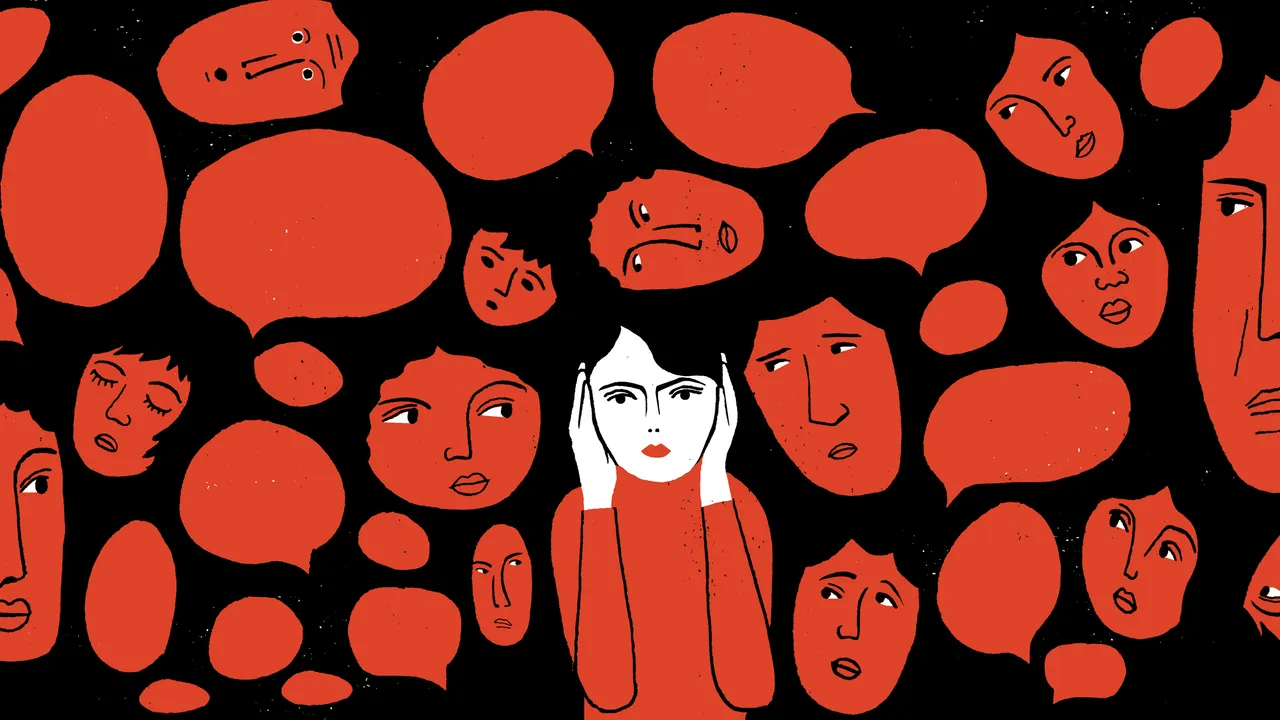As the #16DaysOfActivism annual campaign drew to a close last week, the term that we heard a lot was ‘gender-based violence’. It is a term which while we are very familiar with, is often brushed over or not completely understood. We see headlines pertaining to gender-based violence in the news, but either choose to ignore the specifics of the term or often do not fully understand the deep-seated relationship between gender and violence.
Violence against women and girls is one of the most prevalent human rights violations in the world. It surpasses social, cultural, economic, or national boundaries. Gender-based violence is a violation of human rights and is rooted in gender inequalities. The questions that however arise are: What does it involve? Where and how does it happen? How can it be stopped?
What is gender-based violence?
Gender-based violence is violence that targets an individual or a group of individuals based on their gender, which results in physical, sexual, or psychological harm. It is rooted in gender inequality, the abuse of power, and oppressive gender norms. Gender-based violence is a serious violation of human rights and is an issue that threatens health, life, protection, and socio-political security of individuals. In most cases, gender-based violence disproportionately affects women and other gender minorities.
Gender-based violence is not just limited to physical violence but encompasses everything from dowry deaths, honour killing, trafficking, domestic violence, intimate partner violence, sexual and emotional abuse, online abuse, child abuse, and caste-based violence among others. According to data by the United Nations, it is estimated that 1 in 3 women experience sexual or physical violence in their lifetime.
At the workplace, gender-based violence can take the form of women being forced to work in an intimidating, hostile environment, being exposed to inappropriate jokes and comments, unwanted physical contact, as well as various unwelcome forms of sexual conduct. Even though workplaces are mandated to have an Internal Complaints Committee, the implementation of the law on the ground is poor and there is often no accountability on the part of the government or the administration to ensure that all workplaces implement the Sexual Harassment of Women at Workplace (Prevention, Prohibition, and Redressal) Act (POSH)properly and diligently
Gender-based violence at home
Home is not a safe space for all. For some people, home can become the manifestation of the worst. Gender-based violence within the home setting can take different forms with multiple power dynamics operating at the same time. From child sexual abuse, sibling abuse, and emotional abuse by parents perpetrated on the girl child to domestic violence, dowry-related violence, and intimate partner violence, all these manifestations are different forms of gender-based violence at home.
The risk of violence within the home is also often normalised because rigid concepts of gender in the family structure are further encouraged in a patriarchal society. Globally, 1 in 3 women experience physical and/or sexual violence in their lifetime, mostly by an intimate partner. This includes physical aggression, sexual coercion, gaslighting, psychological abuse, and various kinds of manipulative, controlling behaviours.
Violence at institutions and workplace
Women and members of the LGBTQIA+ community around the world are disproportionately impacted by gender-based violence including sexual harassment and assault at the workplace. Gender-based violence is also prevalent in universities and colleges across the globe. At the university, it includes bullying, harassment, sexual abuse, stalking, as well as the coercive and controlling behaviour of professors who are in positions of power.
At the workplace, gender-based violence can take the form of women being forced to work in an intimidating, hostile environment, being exposed to inappropriate jokes and comments, unwanted physical contact, as well as various unwelcome forms of sexual conduct. Even though workplaces are mandated to have an Internal Complaints Committee, the implementation of the law on the ground is poor and there is often no accountability on the part of the government or the administration to ensure that all workplaces implement the Sexual Harassment of Women at Workplace (Prevention, Prohibition, and Redressal) Act (POSH)properly and diligently.
Also read: Work From Home: Unpacking The Layers Of Sexual Harassment In Virtual Workspaces

We cannot ignore the relationship between violence and the intersectional identities of individuals while talking about gender-based violence. Caste, class, gender identity, sexual orientation, ethnicity, religion, skin colour, and disability, all play a key role in the perpetration of violence against individuals. The survivors operate under intersecting oppressions, not just on account of their gender but also other socio-economic marginalising factors. All of this affects one’s exposure to and experiences of violence
Gender-based violence in public places
Sexual harassment and various forms of sexual violence in public spaces, both in urban and rural settings, are an everyday occurrence for women and girls in every country around the world. From unwelcome sexual remarks and gestures to stalking, rape and femicide, this is a lived reality for women. It happens on the streets, in and around public transportation and at almost every public place. What this in turn does is reduce women’s freedom of movement and feeling of safety, becoming a psychological and physical barrier for them to exercise personal autonomy and freedom of mobility.
Gender-based violence in the cyber space
In this 21st century digital world that we live in, our online and offline worlds are more integrated than ever. Therefore, gender-based violence manifests in digital spaces in a massive way. Stalking and sexual harassment are now done with the help of digital tools, such as social media and GPS to target women and gender minorities.
Digital tools have also made it easier for the non-consensual creation of derogatory sexual images through artificial intelligence. Furthermore, discrimination, hate speech and cyberbullying are serious forms of online gender-based violence. In a survey carried out by Plan International, 58 per cent of young women have said that they experienced online harassment, with half saying they faced more harassment online than on the street. The anonymity and easy access of the internet has made gender-based violence in cyber spaces a frequent, pressing issue.

Intersectionality in gender-based violence
We cannot ignore the relationship between violence and the intersectional identities of individuals while talking about gender-based violence. Caste, class, gender identity, sexual orientation, ethnicity, religion, skin colour, and disability, all play a key role in the perpetration of violence against individuals. The survivors operate under intersecting oppressions, not just on account of their gender but also other socio-economic marginalising factors. All of this affects one’s exposure to and experiences of violence.
How can gender-based violence be stopped?
Ending gender-based violence will involve action at all levels: challenging social norms, creating awareness, proactive media representation, supporting the survivors of gender-based violence, strengthening legislation to criminalise violence, and prosecuting the perpetrators without delay. We as a society need to take accountability and comprehensively address gender-based violence to ensure that it is recognised, remedied and people of all genders find a safe environment to exist and thrive.
Also read: How Sexual Violence Gets Interpreted Under The Hetero-Masculinist Lens Of The State
Featured Image: Ritika Banerjee for Feminism In India
About the author(s)
Shriya is a former student of literature and a multimedia journalist with an interest in sports and human rights. She can be found watching Shah Rukh Khan movies or listening to Ali Sethi and 90s Bollywood songs. She enjoys a good cup of black coffee multiple times a day and is often compared to 'Casper, the friendly ghost'.




